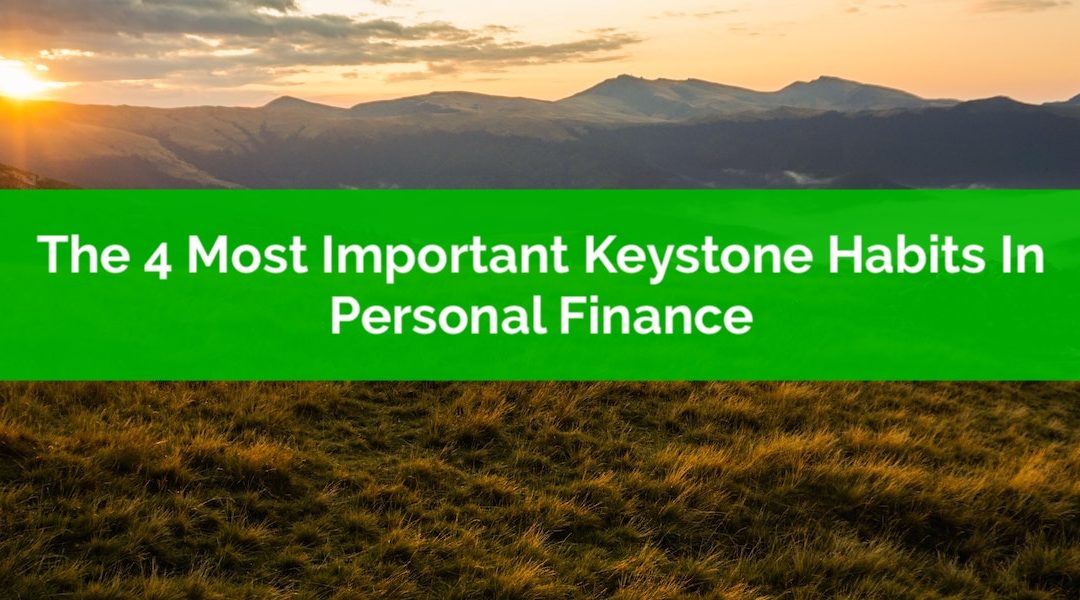
by Owen | Apr 3, 2023 | Buying A Home, Down Payment, Financial Planning, Government Programs, Investment Planning, Retirement Planning, Tax Planning
There is a new tax advantaged account in Canada, the First Home Savings Account! Along with the TFSA and RRSP, the new First Home Savings Account (FHSA) is another great way to reach your financial goals in a very tax efficient way. The account provides a significant advantage to those planning to purchase their first home and creates a new option for parents who are thinking about helping their children with a future home purchase.
The new First Home Savings Account (FHSA) does add a little bit of complexity to an already complex landscape of tax planning options, however like the TFSA and RRSP, if used properly it can help accelerate progress towards financial goals like purchasing a home and planning for retirement.
When saving and investing for future goals you can now choose between TFSA, RRSP, and the new FHSA, and for families with small children, there is the RESP too.
The new First Home Savings Account is very new, so in this post we’re going to explore how this account works, the eligibility criteria, the contribution and withdrawal rules, some things to possibly watch out for, and some strategic options when using it within your financial plan.

by Owen | Sep 6, 2022 | Behavioral Finance, Budgeting, Buying A Home, Down Payment, Emergency Fund, Financial Planning, Get Out Of Debt, Retirement Planning
There are certain habits that make things way easier, these habits are more important than others, these habits are called keystone habits. Keystone habits create a foundation from which you can make even bigger and more positive changes. Mastering the right keystone habit can transform your life.
We have habits everywhere in our lives and we build new habits all the time (both good and bad!). We use these habits to support our daily lives. These habits make our lives easier, you don’t have to think about what you’re doing, it just comes naturally.
Having a solid keystone habit will create a foundation from which you can make even bigger changes. Eating right, getting regular exercise, sleeping eight hours per night, these are all keystone habits that create a solid foundation from which you can make even more positive changes in your life.
The best part about keystone habits is that once they’re established they don’t take much effort to maintain.
When it comes to personal finance there are 4 important keystone habits. Once these habits are established they create a ripple effect through the rest of your personal finances.
If you practice these four keystone habits then there is nothing you can’t achieve with your personal finances!

by Owen | Jan 23, 2022 | Buying A Home, Down Payment, Financial Goals, Financial Planning, Insurance And Risk Management, Saving Money
Life insurance is important, but how much life insurance should you purchase? How much money does life insurance cost? And how can you fit the monthly premiums into your current budget?
These are important questions. Life insurance is an important tool, and it can be relatively inexpensive, but the cost of life insurance can quickly change depending on certain factors.
Life insurance is important when you have people who are dependent on your income. Young families in particular have a high need for life insurance, but at the same time, young families also have a lot of demands on their cash flow.
Purchasing affordable life insurance is an important part of a financial plan and the cost of life insurance needs to fit into monthly spending without causing a lot of stress.
In this post we’ll explore some life insurance costs for a family in their 30’s with a young child. We’ll see how life insurance costs can vary depending on certain factors. We’ll also see how much life insurance costs in a real life situation.

by Owen | Nov 15, 2021 | Behavioral Finance, Buying A Home, Down Payment, Financial Planning
One disconcerting phenomenon we’ve noticed recently is that many people, if they had to purchase their home again today, likely couldn’t afford it.
With changes to down payment rules and mortgage qualification, plus the recent increase in home prices, the “numbers” needed to qualify for a home purchase are higher than ever.
The fact is that many people, if they were to purchase again today, would be priced out of their own homes!
There are a few reasons for this, which we’ll explore below, but based on affordability today, many of us might not be able to afford the home we live in today if we had to purchase it again.
We will also share three examples below of people who purchased their home in the past but likely couldn’t afford the same home today if they had to purchase again.

by Owen | Jul 26, 2021 | Behavioral Finance, Buying A Home, Down Payment, Saving Money
Sometimes you have to take a risk. But not all risks are created equal. Some risks have rewards that greatly outweigh the potential downside. These risks can pay off big-time down the road, but its important to pick the right ones.
When it comes to personal finance there are lots of risks (and lots of rewards!). Taking a few strategic risks can do wonders for your long-term personal finances. But it’s important to understand the trade-offs.
Almost nothing in the world of personal finance is completely risk free (except maybe a guaranteed deposit with an insured bank) but there are four financial risks that can be worth taking.
If you understand the potential downsides, these financial risks can have a huge positive impact on your finances.

by Owen | Nov 9, 2020 | Budgeting, Buying A Home, Down Payment, Financial Goals, Financial Planning, Get Out Of Debt, Pay Off Mortgage, RESP/Kids Education
There’s a common misconception that financial planning isn’t necessary when you’re young. Young people are often told to go “read some books” about personal finance. Financial planning is traditionally thought of as something reserved for those with higher income, higher net worth, transitioning into retirement etc.
The fact is… this couldn’t be further from the truth.
One of the BEST times to build a financial plan is when you’re young, when you have lots of options, when you’re designing your life (both personally and financially), and when you’re making some BIG financial decisions that will impact you well into the future.
Some of the financial decisions you make while you’re young can haunt you for years or decades. Making the right decisions now can mean less stress and greater peace of mind in the future.
So why is there this misconception that financial planning isn’t for young people?
Most likely because financial planning in the past was focused on products, it was all about investments, insurance, new debt etc. Products that could be sold. Young people were often left out of the conversation because in general, young people don’t need products, they need advice.
Getting the right advice is so important when you’re young.
Even small decisions can have an enormous impact over time. It’s important to get the right advice early on, avoid common mistakes, and create the right systems and habits that will pay dividends for decades to come.
This advice should cover a few key areas that “traditional” financial advisors rarely cover.






